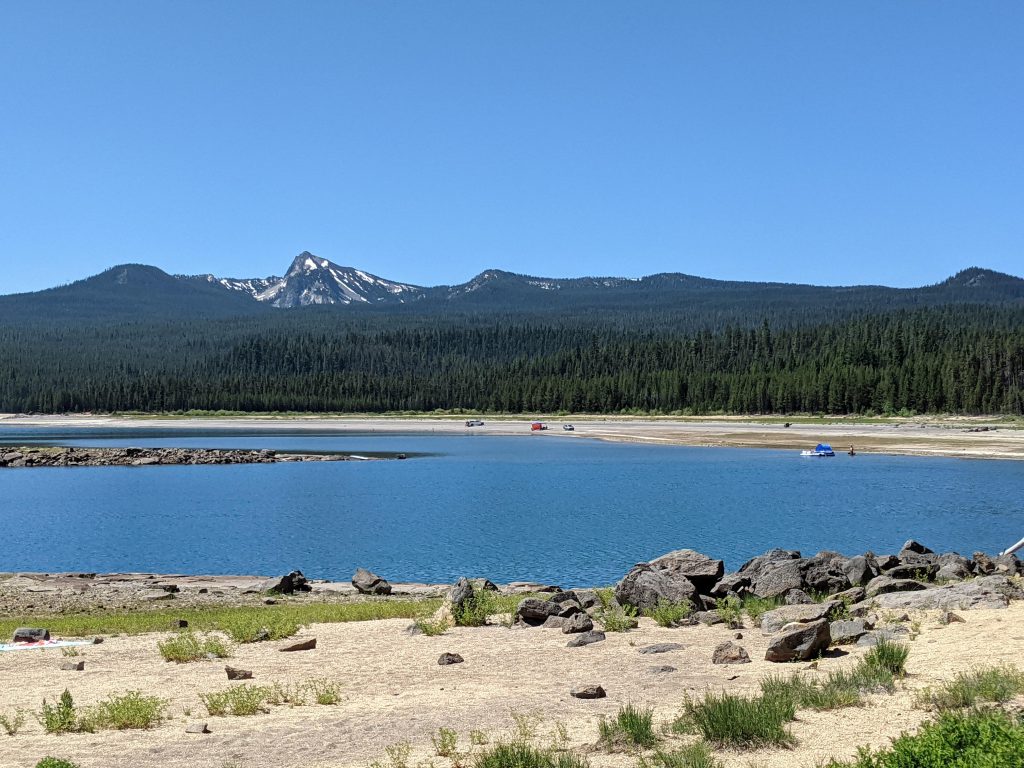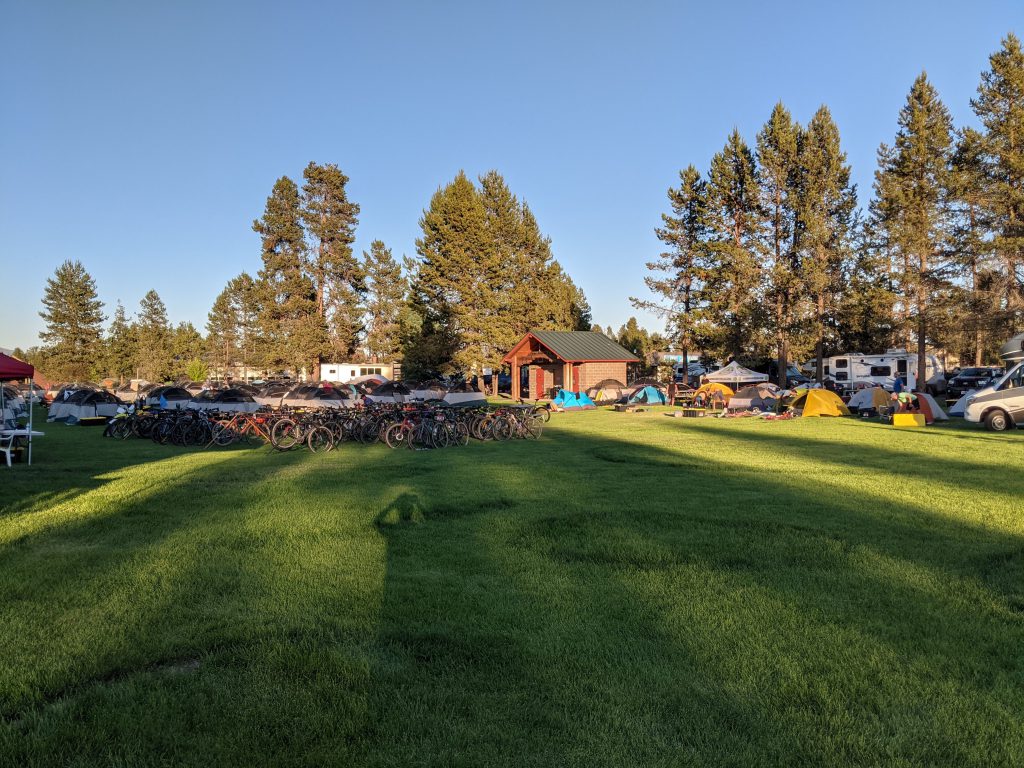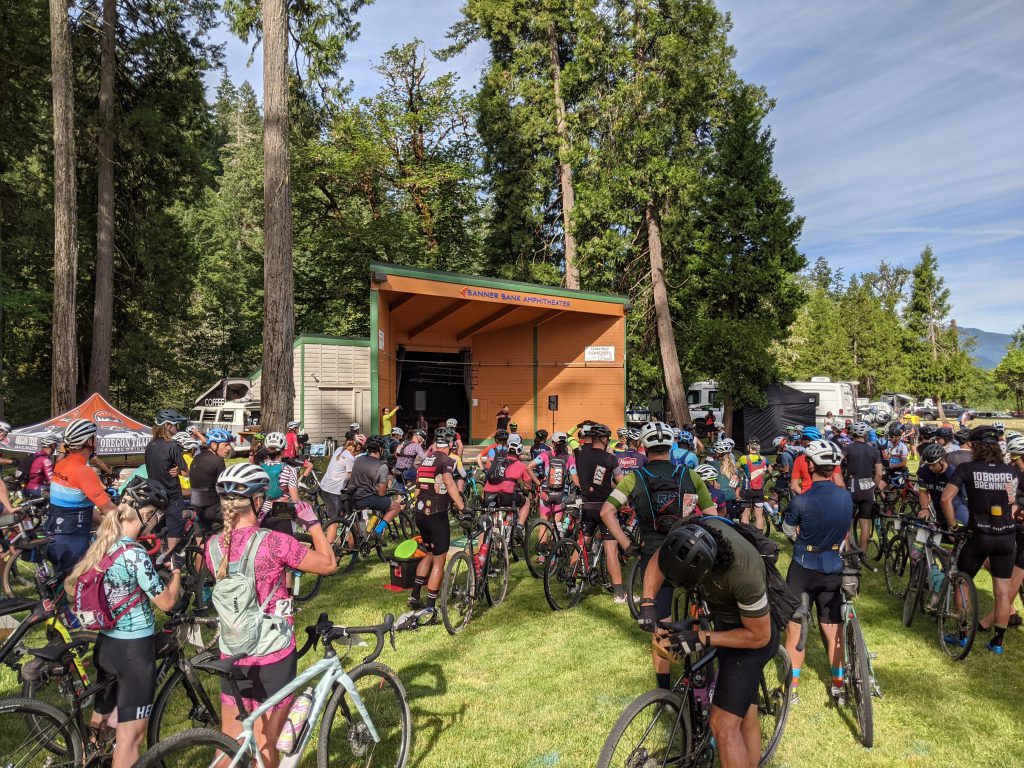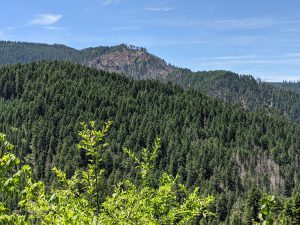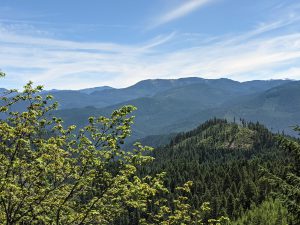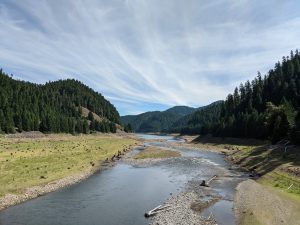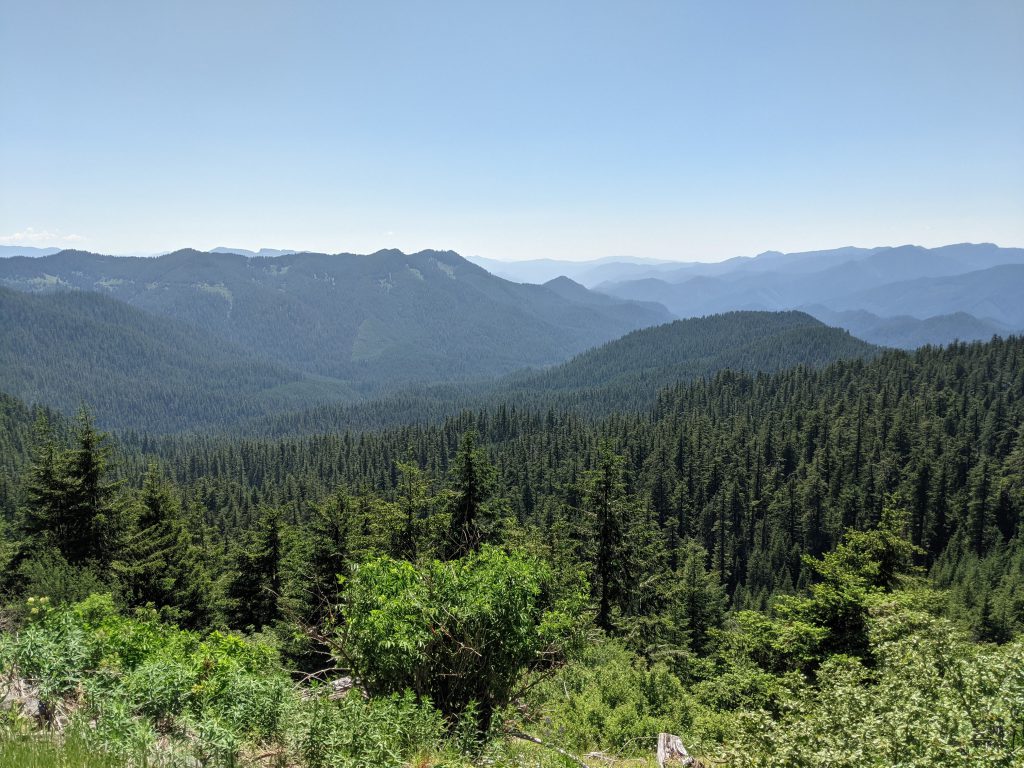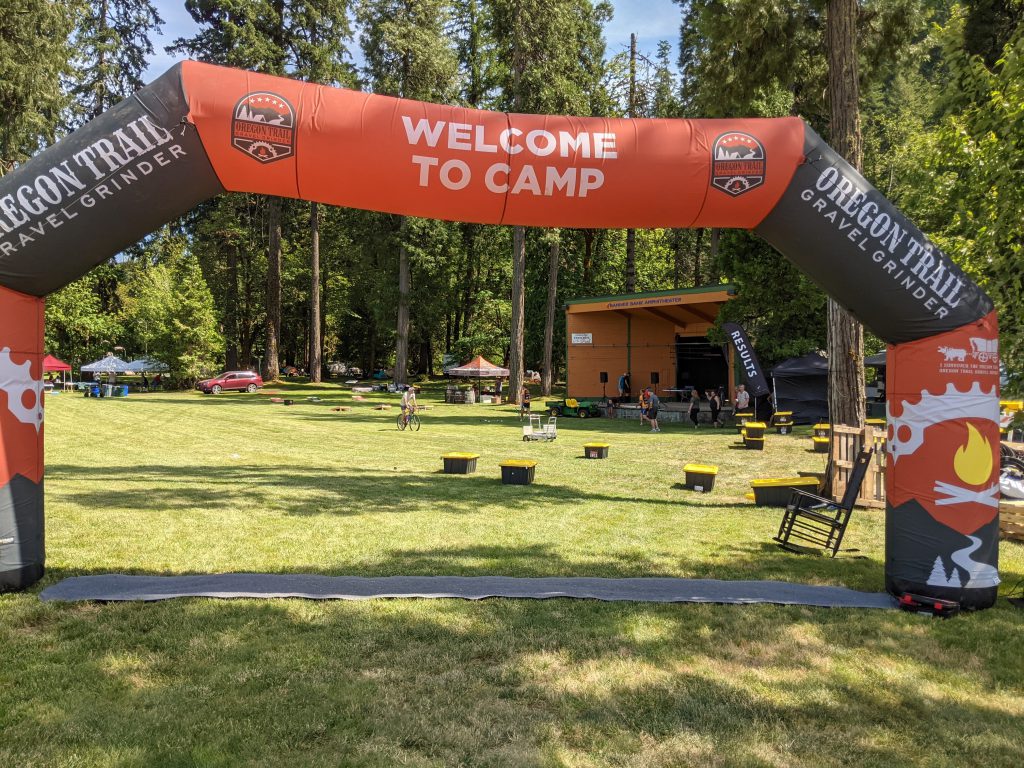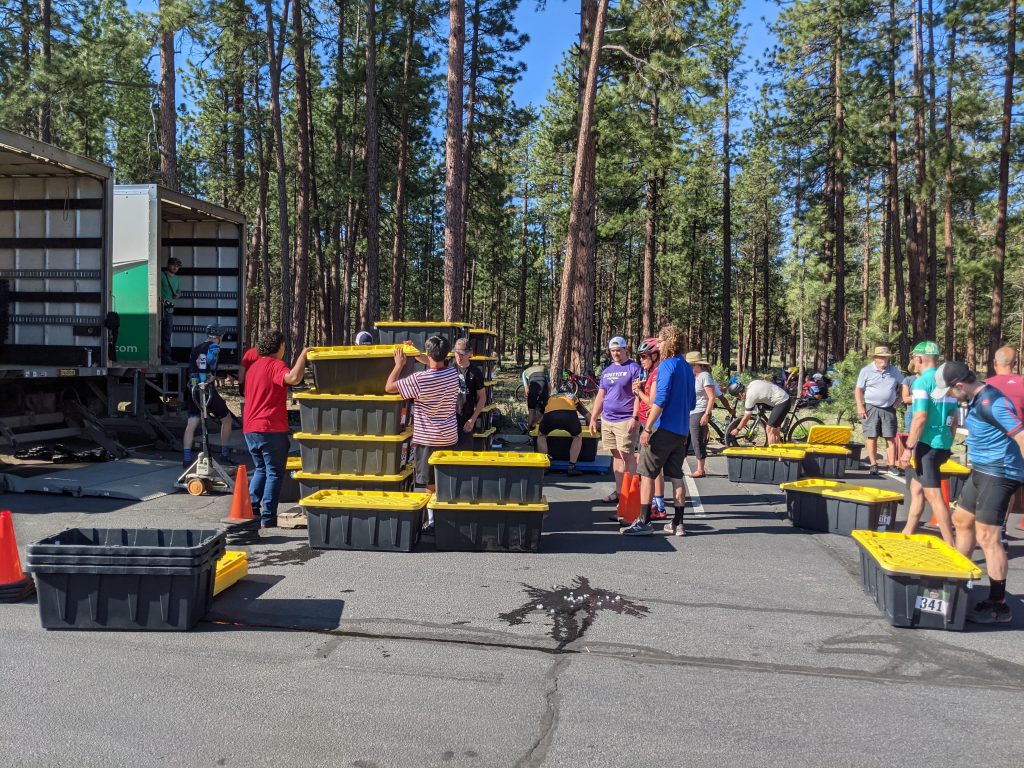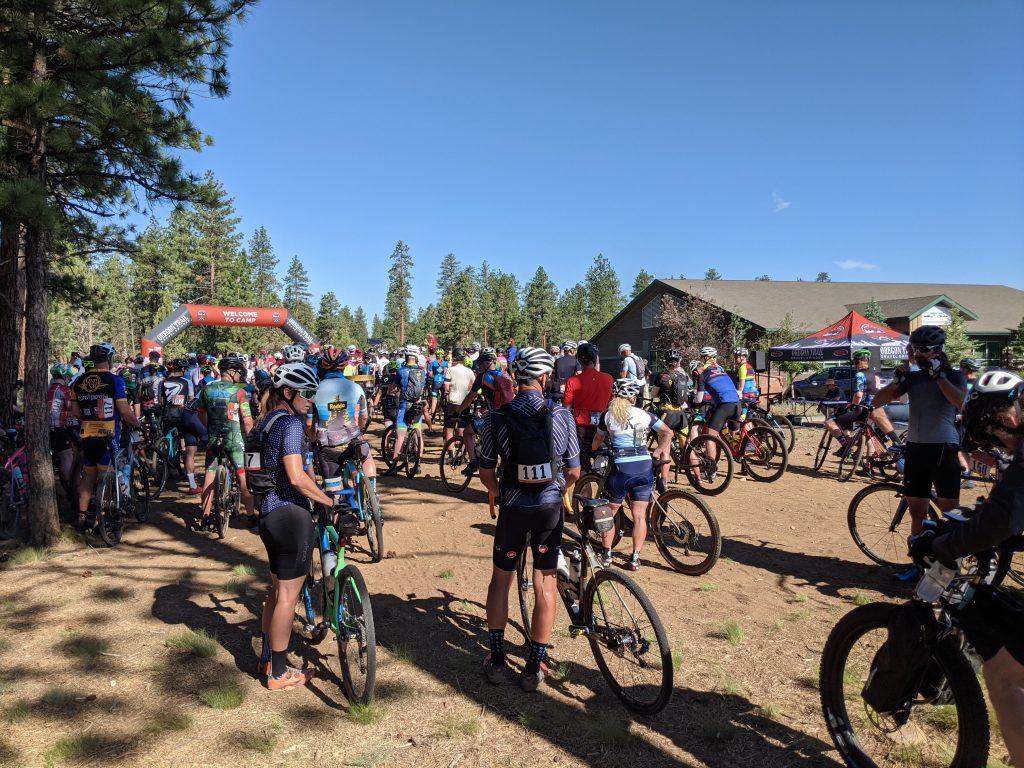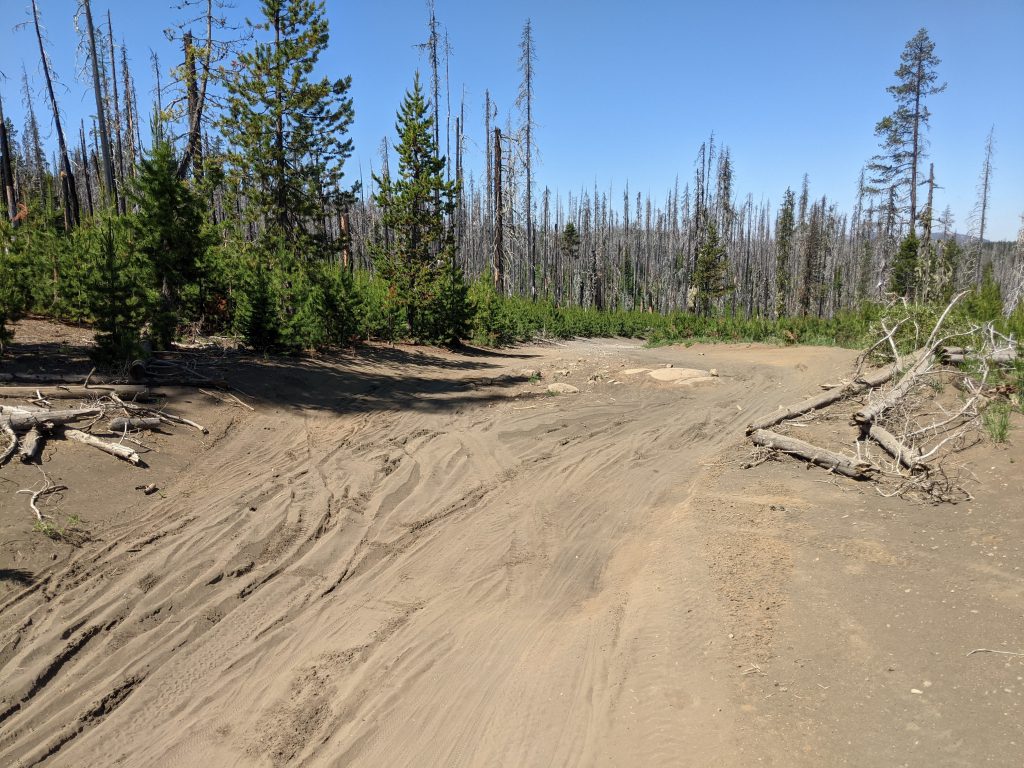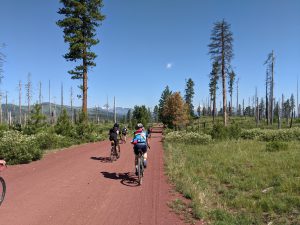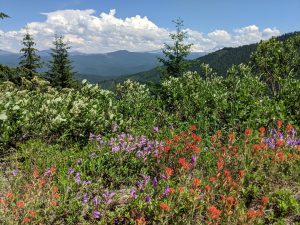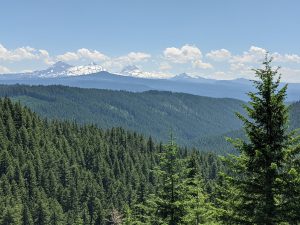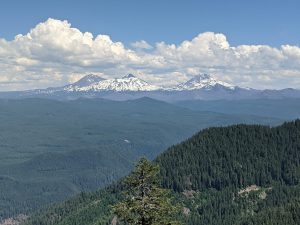With the fatigue in the legs from the past 4 hard days of riding, I was worried if I can do another 84 miles with 6,500 feet of elevation. In addition, the route had a major climb later in a day and that would be in more than 100 degrees heat without any shade.
The event organizers again gave a choice of starting early so I joined the group of riders that left the camp at 6:30am. The first section of the ride was on a paved road in a big group so it was easy. Then the dirt and sand roads started and it became a slow hard grind for me. But the highlight of that section of the route was that I got passed by the leading group of the racers that started at 7:30am. That was pretty cool as it is not very often that I am passed by an ex-World Tour rider and pro racers.
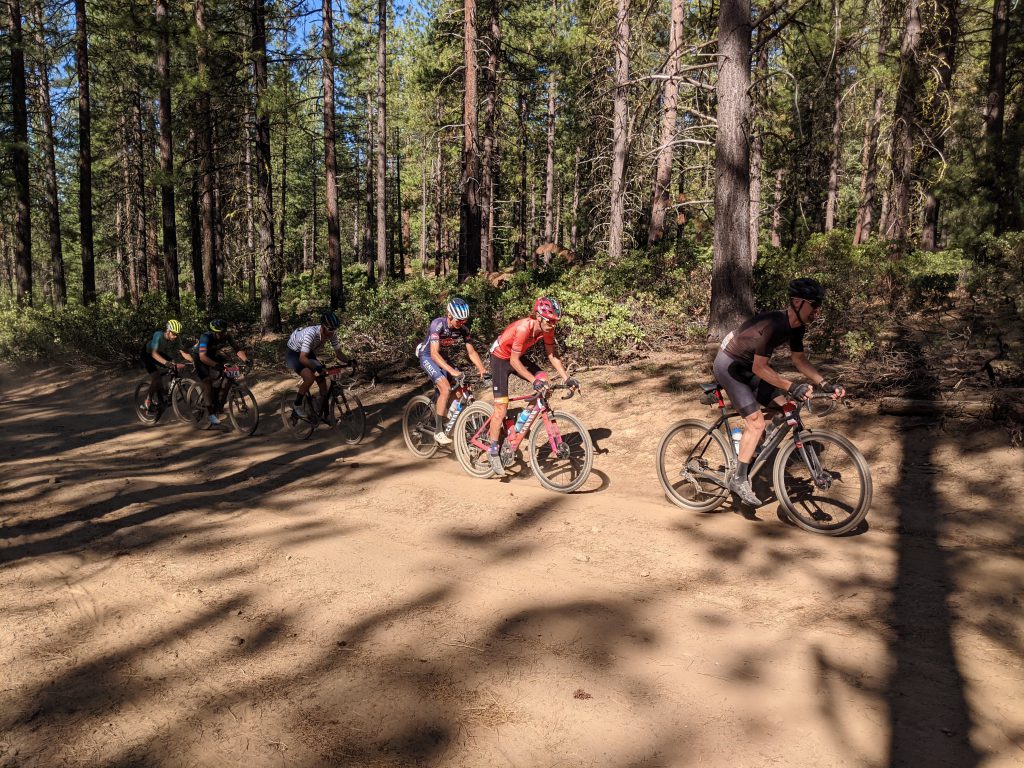
There were lots of sandy and rocky roads during this day which made the ride very challenging. At some point a woman rider asked for help to fix the flat tire on her bike. There was a big puncture that the sealant could not seal. I helped her to install a tube and re-inflate the tire.
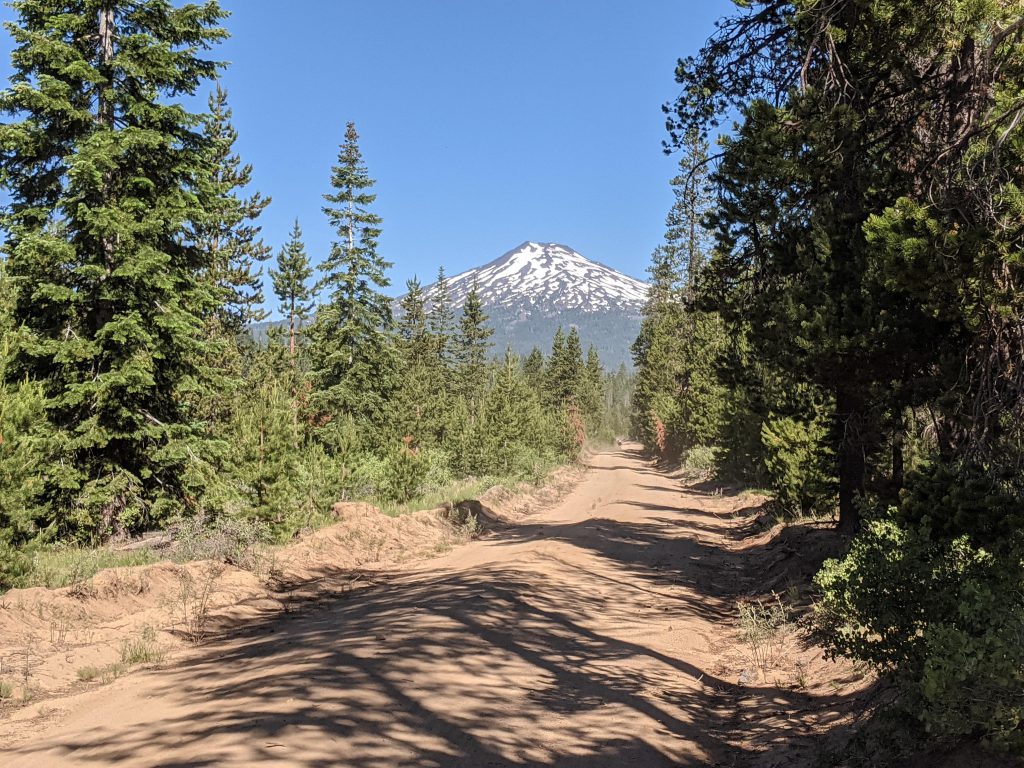
Prior to the last monster climb, there was an aid station and a river. To cool off I submerged my jersey and my feet in the cold river water and that made me feel better. Also I took lots of ice cubes at the aid station and put them in my helmet and under the jersey on my back. All this helped me to reduce my body temperature and made the climb more tolerable. The top of the climb was the highest elevation point during this event – 6,700 feet.
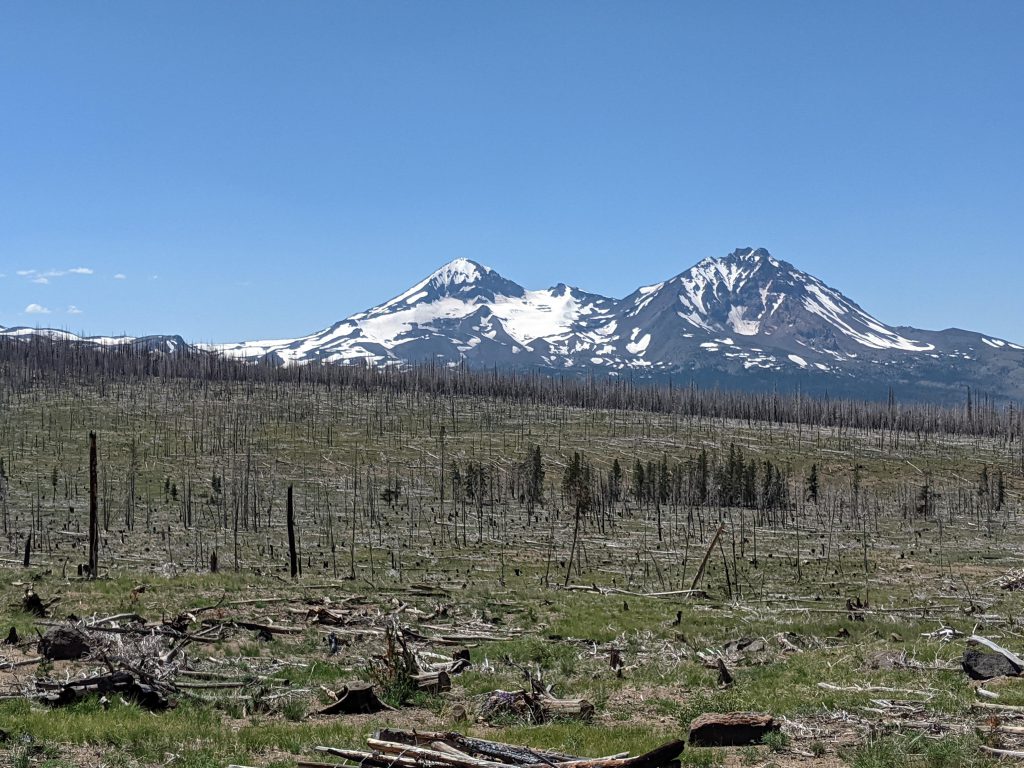
This last ride was the hardest ride of the event for me. This was due to the combination of difficult roads, heat, lots of climbing and the overall fatigue. It took me more than 8 hours to complete 85 miles with 6,900 feet of elevation gain.
All in all, the event was organized really well; the staff and volunteers went out of their way to make sure everyone was well supported and safe during and after the rides. There was lots of food at the camps, medical and mechanical support during and after the rides, showers, beer, etc. Also there was a “shuttle of shame” for riders who decided that this race was too much for them and wanted to get back to their cars in Sisters, OR.
I consider myself an experienced cyclist and I’ve done long and hard rides before, such as Seattle to Portland, Seattle to Vancouver, RAMROD, High Pass Challenge, etc. But this event was by far the hardest one for me. I am glad that I was able to complete it and I am glad that it is over.

